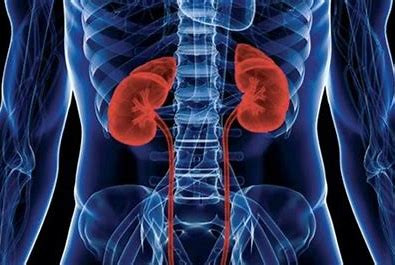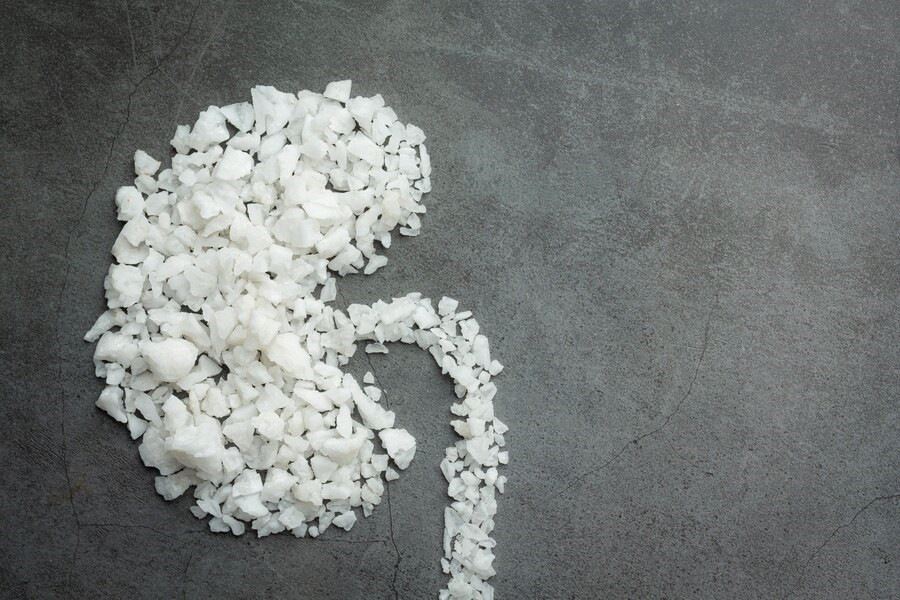Normal color of the urine varies from clear to pale yellow. The color of your urine is largely determined by the amount of fluids you consume, colored foods or drink, medications and supplements you take, and any health issues you may have.
Some health conditions can cause urine to turn dark brown. Find out which medical conditions can cause dark brown urine.
Causes of dark brown urine
Hematuria (blood in the urine)
Urine's dark brown color indicates the presence of visible blood. This condition is known as hematuria.
Hematuria is a symptom of a variety of medical conditions. Some cases may be caused by benign conditions, but they can also indicate a serious illness. The following health conditions can cause brown urine:
- Urinary tract infection (UTI)
- Kidney stones
- Cancer
- Kidney disorders
- Trauma or injury
- Blood coagulation (clotting) problems
- Autoimmune diseases such as systemic lupus erythematosus (LES)
- Enlarged prostate
- Cancer
Hepatitis
Brown or dark urine is also the most common symptom of hepatitis (liver inflammation), whether hepatitis A, B, or C. When the liver becomes inflamed, its ability to cleanse the blood and metabolize bilirubin is compromised. Bilirubin buildup in the blood affects the color of the urine, making it brown or dark.
Cirrhosis of the liver
Brown urine may also be a sign of liver cirrhosis. Liver cirrhosis occurs when scar tissue replaces healthy liver tissue. Cirrhosis is typically a complication of chronic liver diseases such as hepatitis B and C, excessive alcohol consumption, nonalcoholic fatty liver disease, or autoimmune liver disease.
Cirrhosis impairs the liver's ability to cleanse the blood and produce digestive enzymes. As a result, bilirubin will accumulate, resulting in brown urine.
Kidney disease
Brown urine can also be caused by certain kidney diseases, such as acute post-streptococcal glomerulonephritis (GNAPS), which occurs when the kidneys become inflamed after being infected with Streptococcus bacteria.
Aside from urine discoloration, other symptoms include decreased urine volume, swelling (in the abdomen, eyes, face, feet, hands, or ankles), blood in the urine, joint pain, and stiffness.
Anemia
One type of anemia is called hemolytic anemia, which occurs when red blood cells are destroyed faster than they can be produced. This can cause a brown discoloration in the urine because the destroyed red blood cells release blood pigments.
Other symptoms often accompany hemolytic anemia, such as:
- Pale-looking skin
- Yellowing of the skin or eyes
- Fever
- Weakness and excessive fatigue
- Dizziness
- Confusion
- Faster heartbeat
- Difficulty performing physical activity
Skin cancer
Skin cancer can occasionally release melanin pigment into the bloodstream, though this is rare. This melanin pigment will be excreted by the kidneys, turning the urine brown.
Changes in urine color can indicate a serious health problem. If you notice a significant color change in your urine and it is accompanied by other symptoms such as painful urination, fever, swelling, or unusual pain, you should see a doctor.
If you need medical advice or consultation, you can either visit a doctor or make use of the consultation features that are available in the Ai Care application by downloading the Ai Care application from the App Store or Play Store.
Looking for more information about other diseases? Click here!
- dr Nadia Opmalina
Markham Heid (2023). Why Is Your Urine Brown?. Available from: https://www.webmd.com/a-to-z-guides/brown-urine-causes
Mayo Clinic (2023). Urine color. Available from: https://www.mayoclinic.org/diseases-conditions/urine-color/symptoms-causes/syc-20367333
Mayo Clinic (2023). Blood in urine (hematuria). Available from: https://www.mayoclinic.org/diseases-conditions/blood-in-urine/symptoms-causes/syc-20353432
National Kidney Foundation. Lupus and Kidney Disease (Lupus Nephritis). Available from: https://www.kidney.org/atoz/content/lupus
Penn Medicine (2022). Hepatitis. Available from: https://www.pennmedicine.org/for-patients-and-visitors/patient-information/conditions-treated-a-to-z/hepatitis
Mayo Clinic (2023). Cirrhosis. Available from: https://www.mayoclinic.org/diseases-conditions/cirrhosis/symptoms-causes/syc-20351487
Mount Sinai. Post-streptococcal glomerulonephritis (GN). Available from: https://www.mountsinai.org/health-library/diseases-conditions/post-streptococcal-glomerulonephritis-gn
Heidi Moawad, MD (2023). An Overview of Iron Deficiency Anemia. Available from: https://www.verywellhealth.com/iron-deficiency-anemia-overview-4797984
John Hopkins Medicine. Hemolytic Anemia. Available from: https://www.hopkinsmedicine.org/health/conditions-and-diseases/hemolytic-anemia
Mayo Clinic (2022). Skin cancer. Available from: https://www.mayoclinic.org/diseases-conditions/skin-cancer/symptoms-causes/syc-20377605












